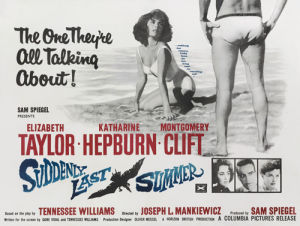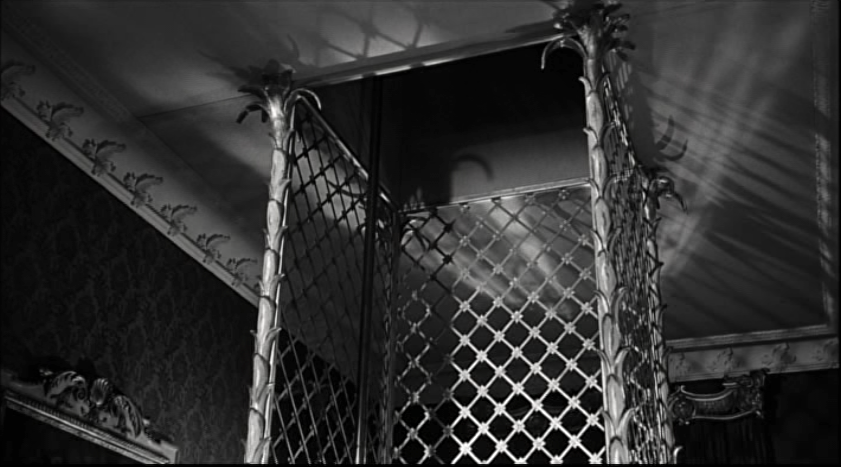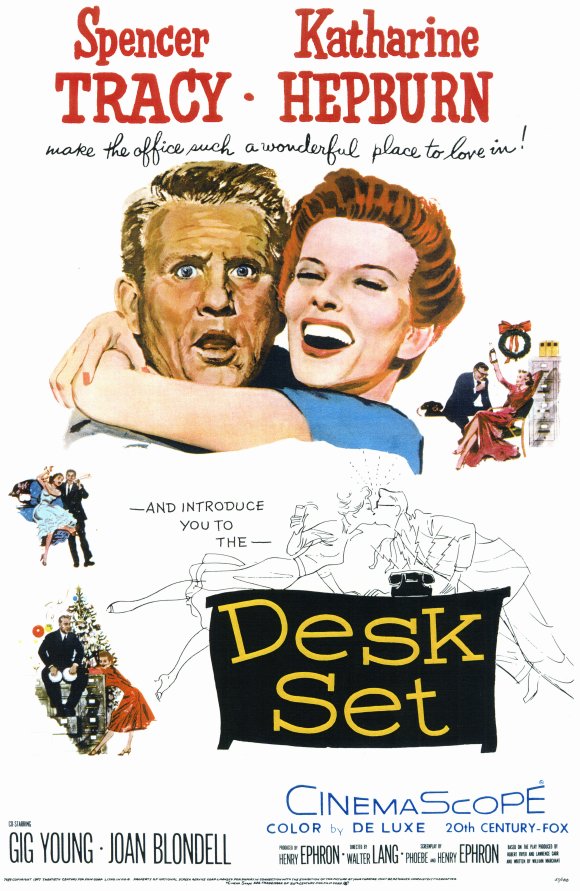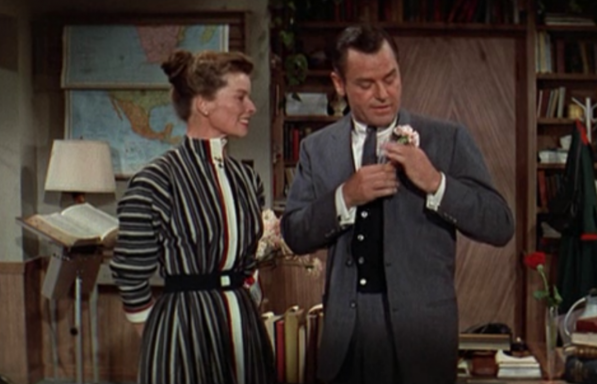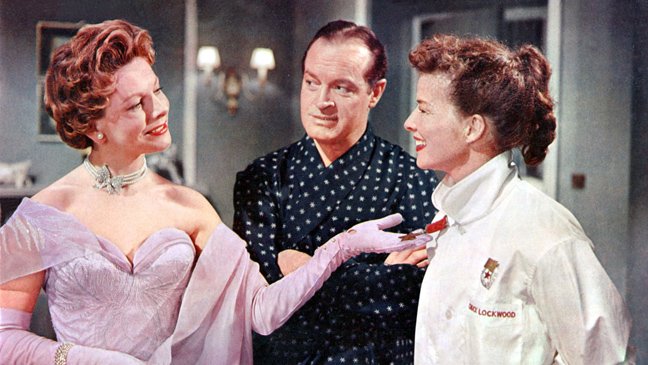A Year with Kate: Long Day's Journey Into Night (1962)
 Wednesday, August 20, 2014 at 4:01PM
Wednesday, August 20, 2014 at 4:01PM Episode 34 of 52: In which Katharine Hepburn enters the golden age of her career.
 This late in A Year With Kate, I really didn’t think I could be surprised anymore. After 8 months watching 34 movies spread over 3 decades of Katharine Hepburn’s life, I believed that I had a pretty firm grasp on who Kate the Great was and how she performed. I espoused the popular wisdom that Kate was best when she played women similar to herself: strong women, smart women; women rarely beaten and never broken. None of these could prepare me for Mary Tyrone, the morphine addict in Eugene O’Neill’s Long Day’s Journey Into Night. Katharine Hepburn, for the first and possibly last time in her career, played a completely crushed woman, and it’s unlike anything else she ever put to film.
This late in A Year With Kate, I really didn’t think I could be surprised anymore. After 8 months watching 34 movies spread over 3 decades of Katharine Hepburn’s life, I believed that I had a pretty firm grasp on who Kate the Great was and how she performed. I espoused the popular wisdom that Kate was best when she played women similar to herself: strong women, smart women; women rarely beaten and never broken. None of these could prepare me for Mary Tyrone, the morphine addict in Eugene O’Neill’s Long Day’s Journey Into Night. Katharine Hepburn, for the first and possibly last time in her career, played a completely crushed woman, and it’s unlike anything else she ever put to film.
Before you rush out to rent a copy, a warning: Long Day’s Journey Into Night isn’t fun. Eugene O’Neill’s autobiographical play is equal parts art and exorcism. He changed names, but otherwise told the story of his family: his alcoholic brother “Jamie” (Jason Robards Jr.); his stingy father “James,” who’d once been a great actor (Ralph Richardson); his morphine-addicted mother “Mary” (Katharine Hepburn); and even “Edmund” (Dean Stockwell), his young, depressed doppelganger who is diagnosed with consumption. Director Sidney Lumet kept O’Neill’s posthumously-published Pulitzer Prize-winner mostly intact. Instead, Lumet focused on bringing it to the screen with visual sophistication through long takes and abrupt extreme closeups. Later adaptations of plays, including Who’s Afraid of Virginia Woolf, would owe a lot to this film stylistically.
This is the kind of role I’d never expect Katharine Hepburn to be able to play. Mary Tyrone is childish before she succumbs to her addiction and downright infantile after. With no discernible thread of rationality holding Mary’s thoughts together in her haze, each emotion she shares is real but disconnected to the one before it, which requires Kate to switch from memory to accusation to denial to forgetfulness multiple times in a scene. True, the Kate-isms and the Bryn Mawr accent are there, but how to discuss the rest of this performance?




